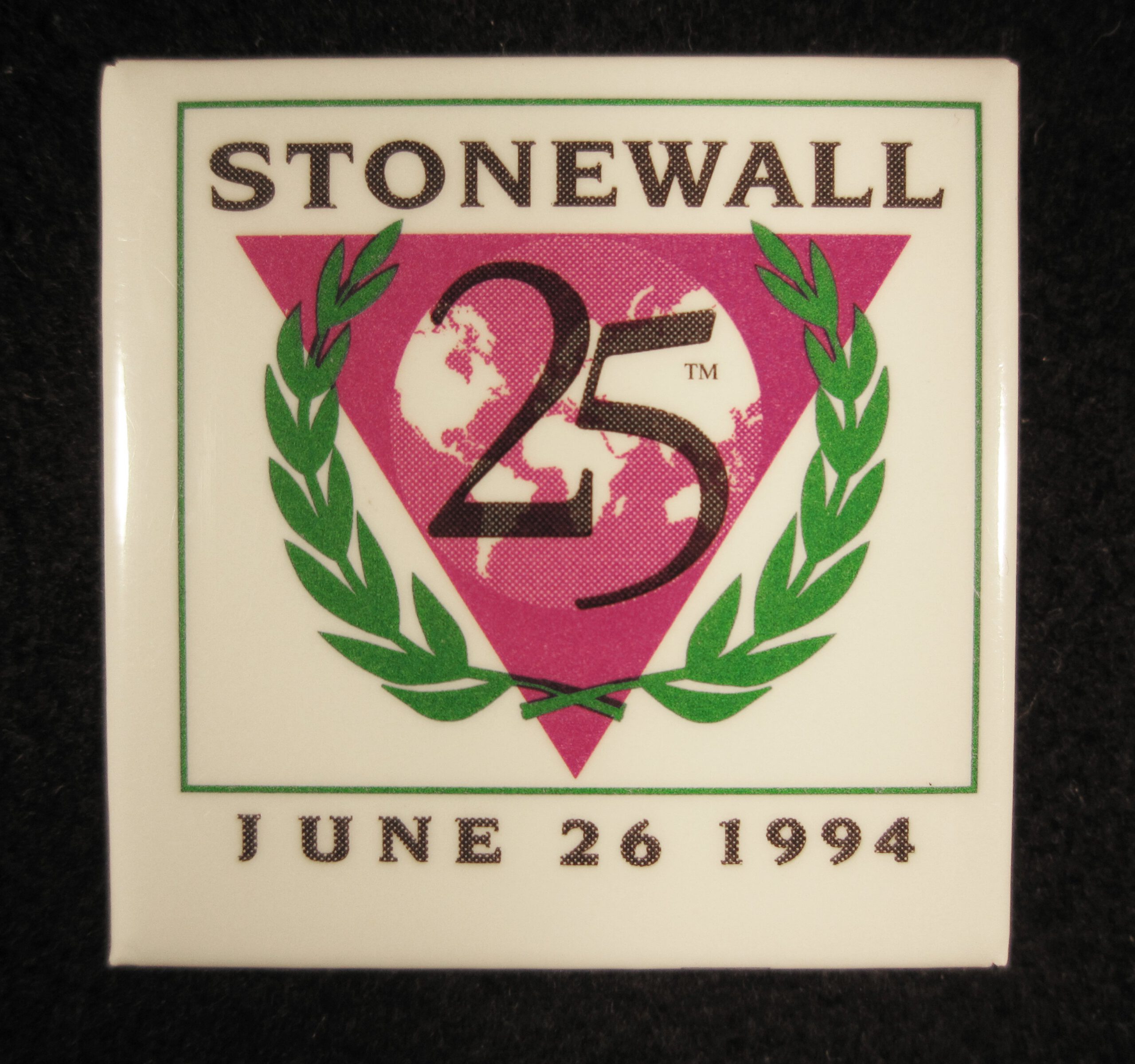The fight for LGBTQ+ rights has been a long and arduous journey, paved with significant milestones that have shifted societal perspectives and legal standings. These moments are not only pivotal but also serve as beacons of hope and resilience for the community. Let’s delve into ten crucial events that have shaped the course of LGBTQ+ rights.
The Stonewall Riots: A Catalyst for Change

In June 1969, the Stonewall Riots in New York City marked a turning point in the LGBTQ+ rights movement. The uprising began when patrons of the Stonewall Inn, a popular gay bar in Greenwich Village, resisted a police raid. This act of defiance sparked days of protests and became a symbol of resistance against systemic oppression. It was a spontaneous, yet powerful, demonstration of unity, as diverse members of the LGBTQ+ community stood together. The riots are often credited with igniting the modern gay rights movement, leading to the formation of numerous advocacy groups.
The First Pride Parade: A March Toward Visibility
One year after Stonewall, the first Pride Parade took place on June 28, 1970. Cities like New York, Los Angeles, and Chicago saw members of the LGBTQ+ community marching through the streets, demanding equality and acceptance. Unlike the riots, these parades were organized events, designed to demonstrate the community’s strength and solidarity. The Pride Parade has since evolved into an annual global celebration, embracing diversity and fostering a sense of belonging. It serves as a reminder of the ongoing struggle for equality and the power of visibility in challenging discrimination.
Harvey Milk’s Election: A Historic Victory
In 1977, Harvey Milk became one of the first openly gay individuals elected to public office in the United States, serving on the San Francisco Board of Supervisors. Milk’s election was a monumental victory for the LGBTQ+ community, providing a voice within the political arena. He advocated for a wide range of issues, including gay rights, affordable housing, and education. Milk’s tenure was tragically cut short when he was assassinated in 1978, but his legacy endures. He remains an icon of courage and a symbol of the potential for change through political engagement.
The AIDS Crisis: A Community Mobilizes
The 1980s saw the emergence of the AIDS epidemic, disproportionately affecting gay men and the LGBTQ+ community. The crisis was met with widespread fear, stigma, and misinformation, leading to significant discrimination. However, it also galvanized the community, leading to the formation of organizations like ACT UP (AIDS Coalition to Unleash Power). These groups advocated for research, treatment, and compassionate care for those affected by the disease. The AIDS crisis highlighted the need for healthcare reform and increased awareness, ultimately resulting in more significant support for LGBTQ+ rights.
The Repeal of “Don’t Ask, Don’t Tell”: Breaking Down Barriers
In 2010, the repeal of “Don’t Ask, Don’t Tell” marked a significant milestone in the fight for LGBTQ+ rights within the military. This policy, enacted in 1993, prohibited openly gay individuals from serving in the armed forces. Its repeal allowed LGBTQ+ service members to serve openly without fear of discharge. The change was a victory for equality, acknowledging the contributions and sacrifices of LGBTQ+ individuals in the military. It also paved the way for further discussions on inclusivity and acceptance within other institutions.
Obergefell v. Hodges: Legalizing Love
The landmark Supreme Court decision in 2015, Obergefell v. Hodges, legalized same-sex marriage across the United States. This ruling was a momentous victory for the LGBTQ+ community, affirming the right to marry regardless of gender. The case was brought forth by Jim Obergefell, who sought recognition of his marriage to his late husband, John Arthur. The decision was celebrated worldwide, symbolizing the triumph of love and equality over prejudice. It also set a legal precedent, influencing other nations to reconsider their stance on same-sex marriage.
The Pulse Nightclub Tragedy: A Community Mourns
In June 2016, the Pulse nightclub in Orlando, Florida, became the site of a devastating attack, resulting in the loss of 49 lives. This tragedy was a stark reminder of the violence and discrimination faced by the LGBTQ+ community. In the aftermath, there was an outpouring of support and solidarity from around the world. Vigils and memorials were held, emphasizing the importance of unity and resilience in the face of adversity. The tragedy spurred renewed calls for gun control and highlighted the need for continued advocacy for LGBTQ+ rights.
Transgender Rights: A Growing Movement
The fight for transgender rights has gained momentum in recent years, with significant strides in legal recognition and protection. The Obama administration’s guidance on transgender students’ rights in 2016 marked a pivotal moment, advocating for the right to use facilities corresponding to one’s gender identity. Despite setbacks and challenges, the transgender rights movement continues to push for equality, healthcare access, and protection from discrimination. This growing movement reflects the broader struggle for LGBTQ+ rights and the importance of inclusivity in advocacy efforts.
Global Progress: A Worldwide Fight
While significant progress has been made in some countries, the fight for LGBTQ+ rights is far from over. Many nations still criminalize homosexuality, and discrimination remains prevalent. However, international organizations and advocacy groups continue to push for change, promoting human rights and equality worldwide. Countries like Canada, the Netherlands, and South Africa have made significant strides in legal recognition and protection of LGBTQ+ rights. This global fight underscores the importance of solidarity and the need for continued advocacy to achieve equality for all.
Intersectionality: A Unified Front
The concept of intersectionality has become increasingly important in the fight for LGBTQ+ rights. Recognizing the interconnected nature of social categorizations such as race, gender, and sexual orientation has led to a more inclusive and comprehensive approach to advocacy. This understanding emphasizes the need to address the unique challenges faced by marginalized groups within the LGBTQ+ community. By acknowledging these intersections, the movement can work towards a more equitable and inclusive future, ensuring that no one is left behind in the struggle for rights and recognition.


